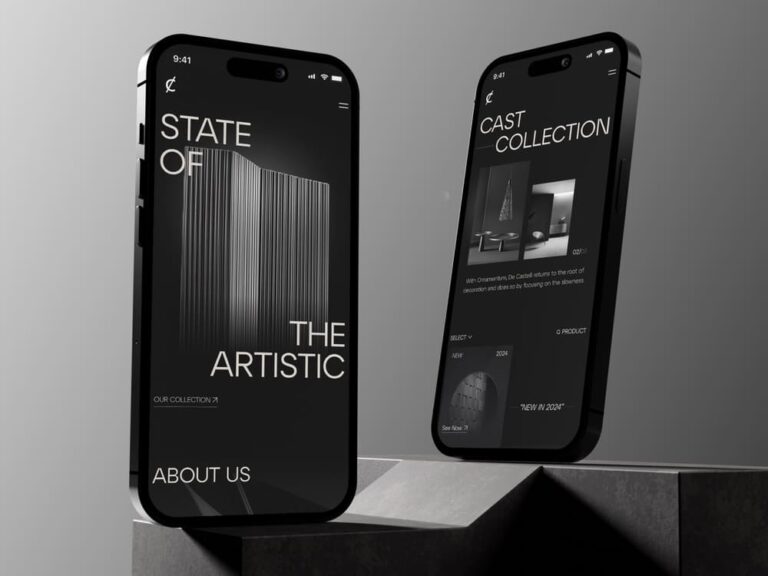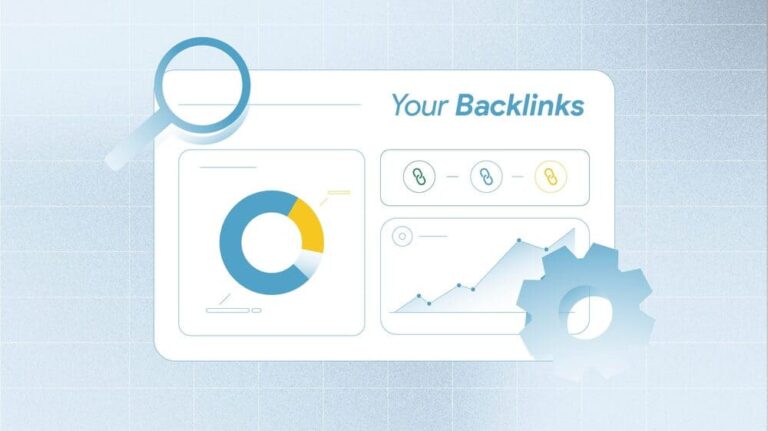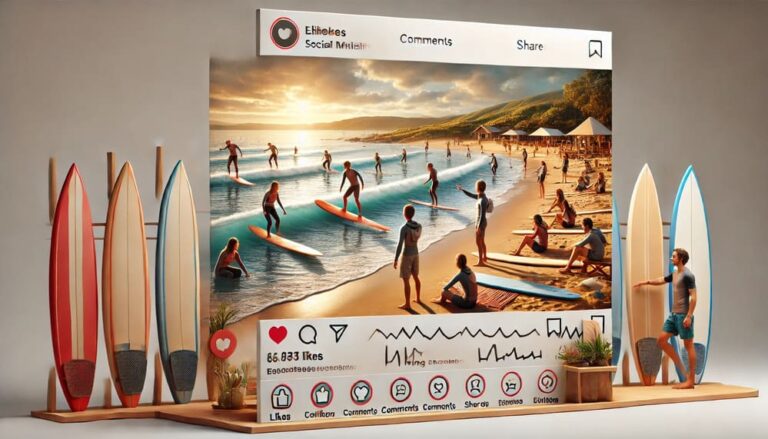Daftar Isi
- Cara Kerja Ad Scheduling dengan Menampilkan Iklan di Saat Audiens Paling Aktif
- Manfaat Menjalankan Iklan di Waktu Aktivitas Tertinggi untuk Engagement yang Lebih Tinggi
- Bagaimana Noethera Menggunakan Ad Scheduling untuk Meningkatkan Tingkat Konversi
- Keahlian Noethera Studio dalam Mengoptimalkan Jadwal Iklan untuk Performa yang Lebih Baik
- Audience Insights : Sebelum mengatur jadwal iklan, kamu butuh data tentang kapan audiens targetmu paling aktif. Facebook dan Instagram menyediakan insights tentang waktu-waktu aktivitas puncak, termasuk kapan pengguna browsing feed, engage dengan konten, atau melakukan pembelian. Noethera menganalisis data ini untuk menemukan kapan audiens paling mungkin engage dengan iklan.
- Pengaturan Jam Tayang Iklan : Dengan ad scheduling, pengiklan bisa memilih jam-jam tertentu dalam sehari atau minggu untuk menampilkan iklan mereka. Misalnya, kalau kamu tahu audiens cenderung browsing saat jam makan siang atau malam hari, kamu bisa mengatur agar iklan hanya muncul di waktu-waktu tersebut.
- Mengontrol Frekuensi Iklan : Ad Scheduling juga memungkinkan bisnis mengatur seberapa sering iklan mereka muncul sepanjang hari, menghindari kejenuhan iklan (ad fatigue) dengan memastikan pengguna nggak terlalu banyak melihat iklan. Dengan membatasi tampilan iklan hanya di jam-jam peak, kamu tetap hadir di feed pengguna tanpa membuat mereka bosan.
Dengan menampilkan iklan di waktu yang tepat, bisnis bisa memaksimalkan peluang iklan mereka dilihat oleh pengguna saat mereka paling reseptif, sehingga meningkatkan efektivitas kampanye secara keseluruhan.
- Tingkat Keterlibatan yang Lebih Tinggi : Salah satu keunggulan utama ad scheduling adalah kemampuan untuk menampilkan iklan ketika pengguna sedang aktif engage dengan konten. Iklan yang ditampilkan di jam-jam ini lebih mungkin menarik perhatian pengguna, menghasilkan click-through rate (CTR) yang lebih tinggi dan keterlibatan yang lebih besar.
- Tingkat Konversi yang Lebih Baik : Ketika iklan ditampilkan di waktu yang tepat—terutama ketika pengguna sedang dalam mindset untuk membeli—peluang konversinya jauh lebih besar. Misalnya, jika audiensmu cenderung melakukan pembelian di malam hari, menampilkan iklan di jam-jam ini meningkatkan peluang mereka untuk mengambil tindakan.
- Efisiensi Pengeluaran Iklan yang Lebih Baik : Dengan menargetkan waktu ketika audiens paling aktif, kamu memastikan bahwa pengeluaran iklanmu digunakan secara efektif. Alih-alih menghabiskan anggaran dengan menjalankan iklan di jam-jam off saat engagement rendah, ad scheduling membantu bisnis mengalokasikan anggaran mereka ke waktu yang memberikan ROI tertinggi.
- Mengurangi Kejenuhan Iklan (Ad Fatigue) : Menampilkan iklan terlalu sering atau di waktu yang salah bisa menyebabkan kejenuhan iklan, di mana pengguna mulai merasa bosan melihat konten yang sama berulang kali. Ad scheduling membantu mencegah hal ini dengan membatasi tampilan iklan ke jam-jam utama, memastikan audiensmu melihat iklan cukup sering untuk bertindak tanpa merasa jenuh.
Intinya, ad scheduling memberikan pendekatan yang lebih terarah untuk penayangan iklan, memastikan bisnis menjangkau audiens mereka saat mereka paling mungkin engage, menghasilkan ROI yang lebih tinggi dan penggunaan anggaran iklan yang lebih efisien.
- Menganalisis Perilaku Audiens : Kami memulai dengan menganalisis perilaku audiens dan mengidentifikasi waktu-waktu aktivitas puncak. Menggunakan data dari tools seperti Facebook Insights, kami mengumpulkan informasi tentang kapan pengguna paling engage dengan iklan. Apakah itu saat jam berangkat kerja, istirahat siang, atau malam hari, kami menyesuaikan jadwal iklan ke waktu-waktu ini untuk memaksimalkan engagement.
- Membuat Jadwal yang Dioptimalkan : Setelah kami mengidentifikasi periode aktivitas puncak, kami mengatur jadwal iklan yang fokus menampilkan iklan di jam-jam engagement tinggi. Ini memastikan iklan klien kami dilihat di waktu yang tepat, meningkatkan peluang klik, konversi, dan metrik kunci lainnya.
- Memantau dan Menyesuaikan : Ad scheduling bukan proses yang sekali jalan. Kami terus memantau performa kampanye iklan untuk memastikan jadwal tetap selaras dengan perilaku pengguna. Jika kami melihat adanya perubahan pola aktivitas atau tren baru, kami menyesuaikan jadwal agar kampanye tetap optimal.
- Memaksimalkan ROI : Dengan fokus pada waktu yang paling efektif untuk penayangan iklan, kami membantu bisnis memaksimalkan pengeluaran iklan mereka. Ini menghasilkan ROI yang lebih tinggi dengan memastikan iklan ditampilkan saat audiens paling aktif, meningkatkan peluang keterlibatan dan konversi.







